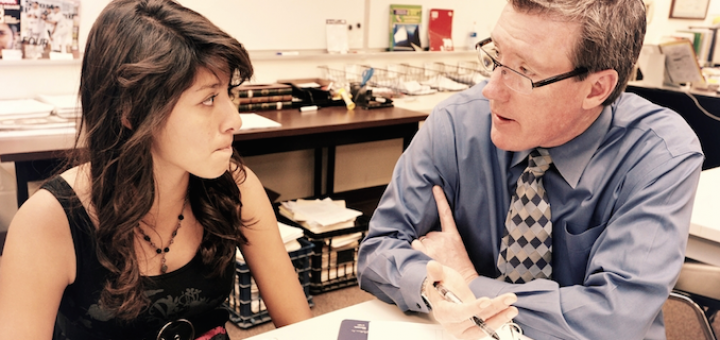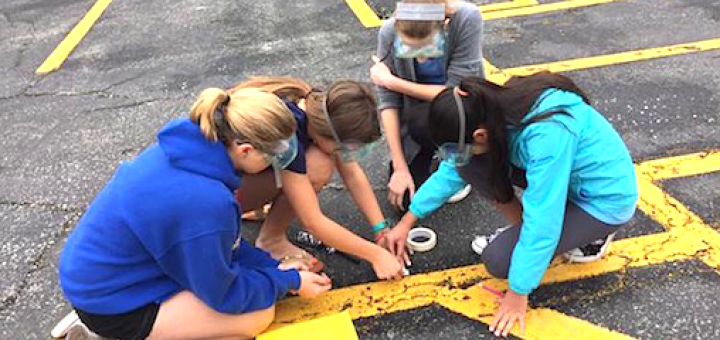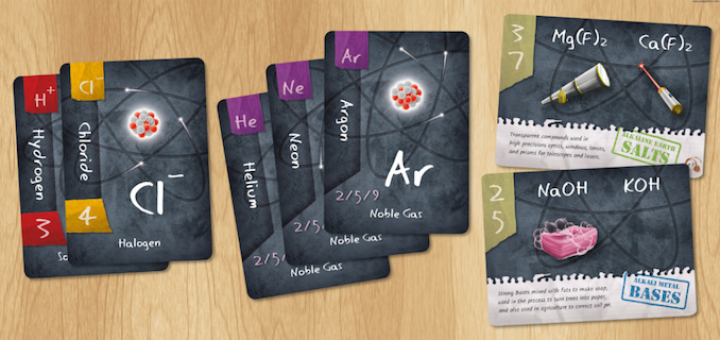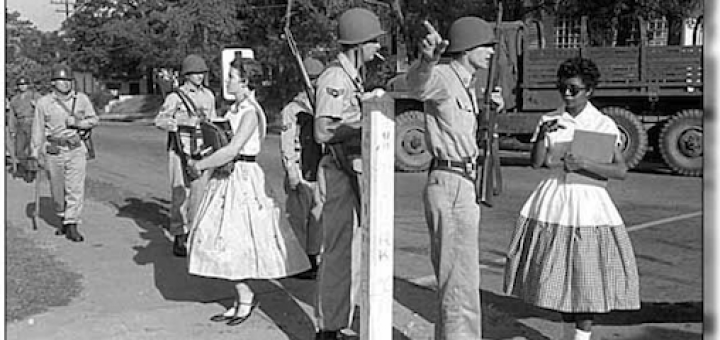Teaching and learning in grades 4-8
Kelly Gallagher’s “In the Best Interest of Students” considers both the strengths and shortcomings of the Common Core ELA anchor standards. In this excerpt, Gallagher stresses the need for students to have “worthy models” at every stage of the writing process.
As science teachers pursue Next Generation Science Standards, many wonder how STEM and NGSS match up. Can a good NGSS-aligned science lesson be a good STEM lesson too? Anne Jolly and guest Marsha Ratzel offer insights via the Matchstick Rocket Challenge.
Teaching responsibilities pile high this time of year, writes teacher-coach Elizabeth Stein, and it’s important to keep our professional and personal lives “in the moment.” Stein shares ideas and resources to help fellow educators accomplish both goals.
The Teacher’s Guide to Tech 2015 by Jennifer Gonzalez welcomes educators into a comfortable space to explore new tech tools, says reviewer Sandy Wisneski. Readers will find practical text & video suggestions for selecting and implementing tools efficiently.
We can teach students the value of speaking out on critical issues while meeting curriculum standards, says Mary Tarashuk, who shares her 6-day unit inspired by the 1992 speech of 12-year old environmentalist Severn Suzuki before global leaders.
Each chapter of Cultural Literacy for the Common Core includes ELA connections, practical advice, research support, and classroom examples. Teachers can modify the ideas for students across grades and content areas, says reviewer Ashley Walther.
Faced with students struggling to learn complex science ideas in traditional ways, middle school teacher John Coveyou turned to classroom gaming as a solution. His colorful card games teach core concepts like ion-bonding, DNA principles and protein building.
Kevin Hodgson begins his 6th grade poetry unit “with a listening field trip across the United States, powered by our imaginations.” Before young writers can compose poetry, they need to listen closely to its rhythms and “make the shift away from prose.” The anthology My America provides mentor texts.
The new series Engaging With History in the Classroom can build historical thinking & help meet standards, say Jody & Shara. Lessons, primary sources & discussion groups bring the American Revolution, Civil War, Post Reconstruction & Civil Rights Era to life.
Using Mindset, Rigor, and Grit as examples, veteran teacher Cheryl Mizerny weighs the potential value of trendy pedagogical ideas while pointing out how easily they can be misinterpreted or poorly implemented by educators, to the detriment of students.








































